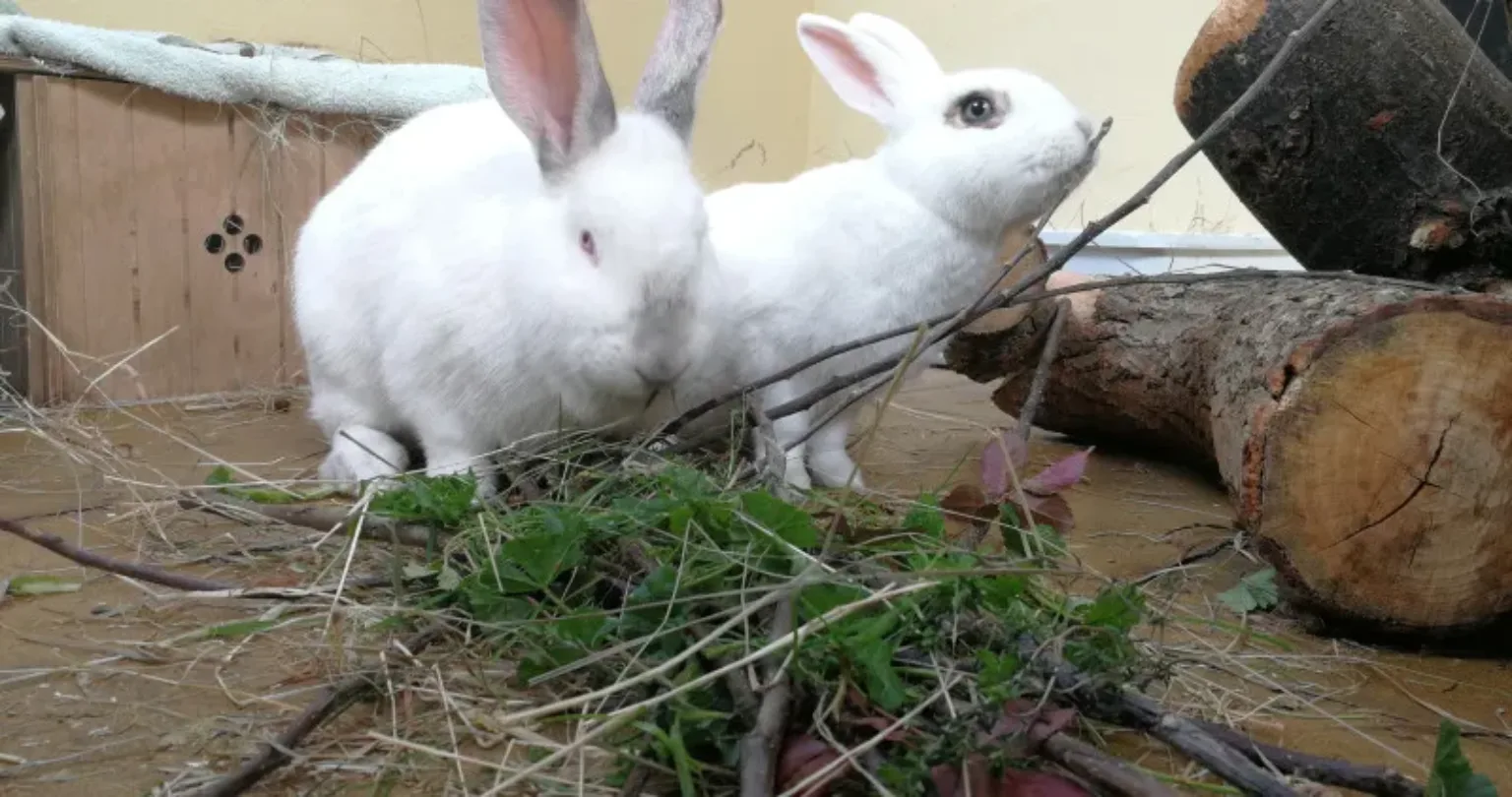Could you star in The Dog House?
If you're looking for a match, filming for the next series starts this Spring.

Did you know, growing your own food and forage for your pet rabbits used to be the traditional way of feeding them?
Growing your own food and forage for pets is slowly becoming a lost skill, as we’ve been introduced to more commercial methods. However, pet owners are again starting to take a keen interest in gardening, going out in the fresh air, and providing a healthier diet for their pet rabbits.
There are many benefits to growing and foraging for your rabbits. These include huge financial savings, reduced plastic waste and a healthier diet for your pets. It’s also a great way to practise mindfulness yourself.
If you are new to foraging, we recommend you buy ‘Foraging for Rabbits‘ by Twigs Way, available on the RWAF website. It’s a very useful guide to help you identify suitable safe plants and avoid dangerous ones.
The most obvious place to start foraging is in your own garden, or your friends and family’s gardens. Many of the most common plants found in gardens are safe for your pets to eat. Here’s a list of safe plants for your rabbits.
Once you feel confident enough about spotting wild forage, you can take a bag with you when out in public areas, etc. It is always best to obtain permission to forage on someone’s land, if possible.
When picking, always ensure the forage is free from chemical sprays, litter and dog urine by picking plants a little higher up or deeper into the plant growth.
Once you have collected some forage, you can give your pets daily mixed piles of food. You should always introduce new plants in small amounts, to allow their digestive systems to adapt. As much of the safe forage is a little harder to come by in winter, it is a good idea to dry some of the forage in advance. Put the forage in mesh trays, to allow the air to circulate and dry it correctly, without harbouring mould spores. You can then store the dried forage in cardboard boxes or paper bags to give to your rabbits during the winter.
If you have access to a garden, allotment or balcony, growing your own vegetables, herbs and flowers is a great family activity. Your local garden centre can give you advice on the best way to start with the space you have.
Gardening doesn’t need to be expensive – you can pick up packets of seeds for under a pound. You’ll find tools and pots etc. at most car boot sales, or local markets.
If you don’t have space to grow forage, or would rather not go exploring, you can buy ready-made herbs and forage. We recommend Burgess Snacks Country-Garden Herbs*.
If you have any questions about foraging for your small pet, please don’t hesitate to contact us. Our team will be happy to provide free advice and support about forage or your pet in general.
If a link has an * by it, that means it is an affiliate link. By using these links, it might result in a small payment to Woodgreen as the retailer will be able to see that woodgreen.org.uk was the referring website. This helps keep our pet advice available to everyone, and our support services available for those who need them most.
Any products or services we recommend always remains independently chosen by our pet experts. When we link out to a recommended product, for example a type of harness or feeder, we are recommending the individual product, not any particular retailer. Read our affiliates FAQ for more details
Neither Woodgreen, or the affiliate networks we use collect any personal data through these links.